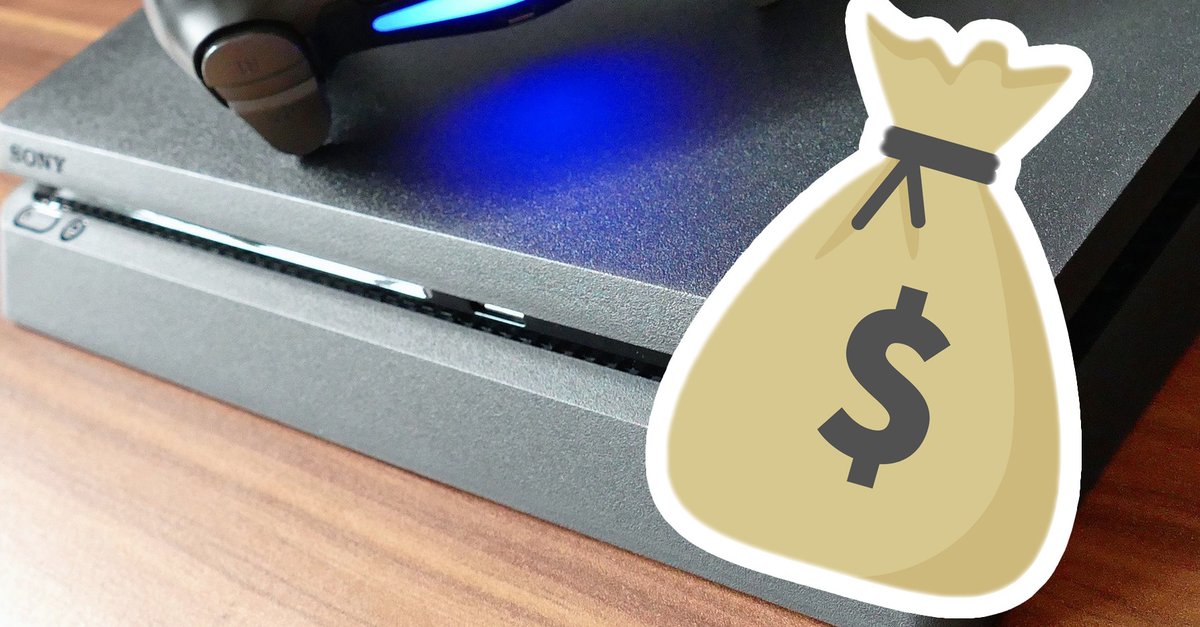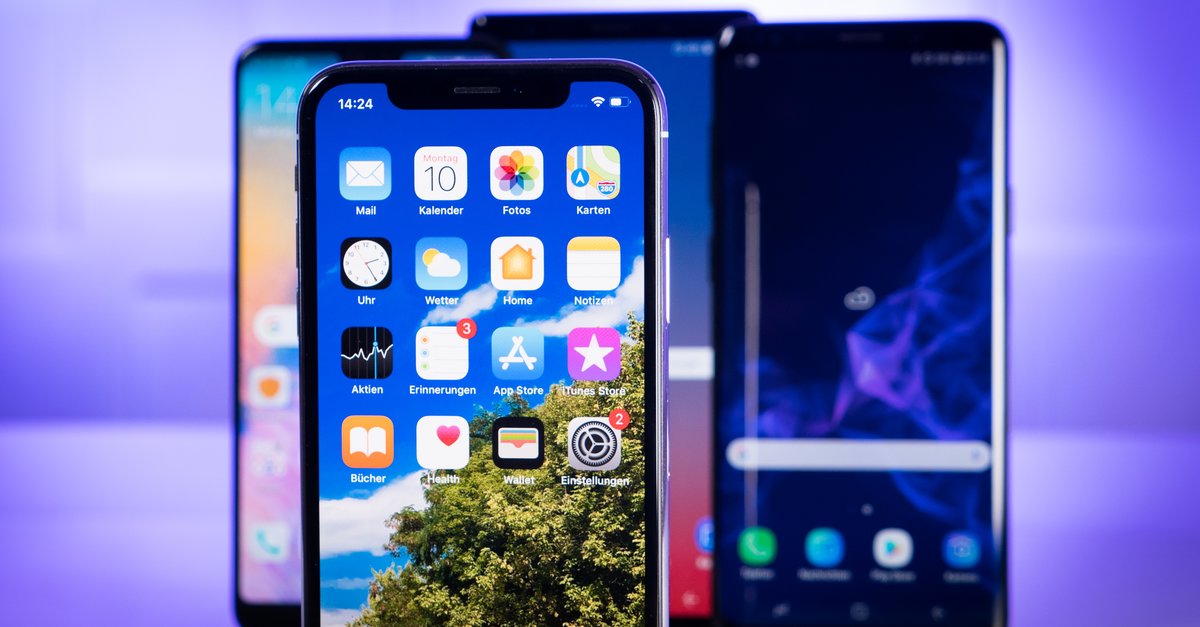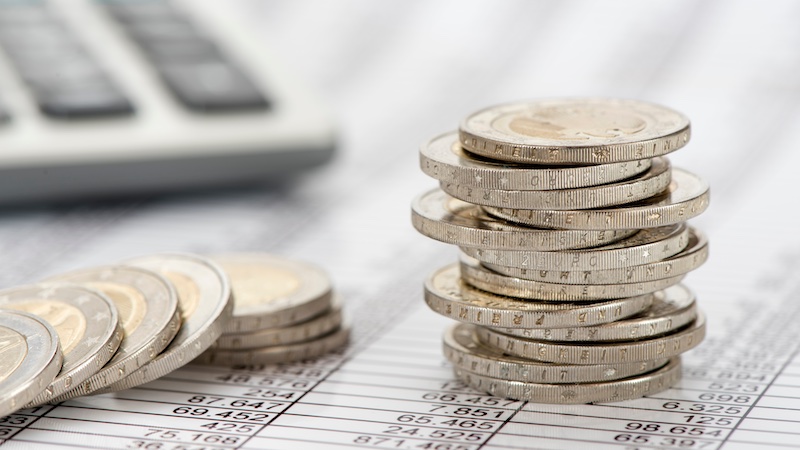7 tricks for more creativity in marketing
Most marketers know it: the problem that something new and something that hasn’t existed before has to be produced non-stop. In copywriting it’s the next slogan, for social media it’s the next viral video. Even in the SEO area, there always have to be new and suitable keywords, always further optimization. Strategists always have to link niches, channels, media and content in a meaningful way.
On the other hand, there is the time pressure. Deadlines, feedback loops and change requests from customers and often also internal planning that needs improvement mean that production has to be piecemeal.
Luckily, there are a few techniques that can help! You probably know most of them, but we have put them together again here:
Probably the most important thing of all – a long break. No, not a meeting while you go for a walk. And don’t listen to a podcast either. Don’t just read another article or call Mutti quickly. No Instagram, neither posts nor reels. Just take a deep breath and stare at the wall.
Doing nothing activates a kind of default network in the brain that cleans up. Then information is processed and new connections are made. As Ulrich Schnabel writes for Geo Wissen: “Once the brain is no longer busy with constant information processing, it can also use its working capacity to cultivate its own consciousness.”
Imagine a person in administration: If forms are thrown at them all day long and they have to be filed away, of course they won’t be able to process them. And she certainly has no time to question the form or the workflow for long-term improvement.
On the other hand, conscious thinking always follows the same paths – schema F. However, if there is no external input, the brain can fall back on the large store of stored knowledge and “take a walk within itself”, as brain researcher Wolf Singer puts it.
This is also the reason why the best ideas come to us in the shower. Or on the toilet. So: more doing nothing instead of wanting to use every second “optimally”!
So far, a safe space for creative work has only been discussed in the context of brainstorming: that there is a time frame in which everything can be said without any criticism.
However, this also applies to you alone. Where do you feel unobserved and safe? With what means can you work so that you feel less restricted? And how do you manage to briefly pause logic and criticism of your own ideas?
The Safe Space does not even have to be a room, even if spatial separation facilitates the change from performance-oriented development and creative brainstorming. If that’s enough for you, you can just open your notepad and start scribbling.
It is important that you create an opportunity for yourself to let everything out, without judgment. It’s easier with a Safe Space. And after that you can see how you can process your brain dump and your fantasies.
In marketing, we download everything that has to do with marketing: case studies, guides, infographics. We still read blogs and still.
Treat yourself to fiction. Read romcoms, comedies, fantasy. Don’t just watch Netflix series to drown out the work worries – really enjoy them and watch. Leave the cell phone on the side. Listen to podcasts not only about mindset, self-optimization and marketing, but also audio books or podcasts that tell stories – be they historical or fictional.
Ask yourself: What did I feel where? What really got me? Which characters did I like? You still learn best about world building, storytelling, and character design from the entertainment industry, not from a marketing blog.
Editor’s Recommendations
If you have trouble naming your own emotions, this will help Feelings Wheel by Geoffrey Roberts.
The best inspiration comes from real life. But we don’t see that if we permanently hide behind screens. If you are sitting in a café, waiting at the train station, sitting on the subway or wherever: observe (discreetly) the people around you. What are they doing? How do they look, stressed, happy, are they sleeping? how do they dress How do they treat each other?
Bonus Tip: Observe Without Judging!
take a nap But not 20 minutes, but one and a half, two hours – so that you also get into the REM phase. In one study, people who had a REM sleep phase during a midday rest were able to solve a task more creatively.
Well, maybe you can’t lie down in the office for two hours. It is helpful, however, to have a sufficient and good night’s sleep on a regular basis. So off to bed instead of staying up all night!
exercise helps. At Stanford University, they let people solve creative tasks – from sitting and not moving to running in the fresh air. Exercise clearly helped, even when the subjects were just standing indoors on the treadmill.
Editor’s Recommendations
Meditating not only helps to reduce work stress better – it also stimulates divergent thinking. This is the ability to search openly and unsystematically for unusual connections. On the other hand, the focus on oneself means that creative ideas are perceived as such in the first place.
Being able to reflect on yourself is one of the most powerful tools of all for creative work. It’s about not letting the stress suck you in and listening to yourself.
Does it flow with the colleague in the office? Does it help you to exchange ideas briefly over the screen? Or does it distract you when someone is in the room? Do you need company or rest, exchange or concentration? Do digital tools for mood boards, inspiration, image editing help you – or do you just get distracted and you’re best with pen and paper? are you jittery Do you need a treadmill, a wobbly stool or a bar table?
Only when you know how your own creativity works can you demand things and ultimately perform better. With less formula and more originality.
By the way: Put an end to perfectionism, which inherently contradicts creativity. As Juergen Schaefer writes in Geo Wissen: “The idea of perfection harbors a totalitarian impulse: Anyone who demands flawlessness is in possession of the absolute truth and will not tolerate any deviation.”
- Creativity is not a mindset, but an ability. You can train them.
- There isn’t just one region of the brain that’s responsible for creativity. (Creativity Lab, Drexel University, Philadelphia)
- Coffee and alcohol don’t make you more creative. There was no evidence of this in studies. Maybe it’s just a placebo or, in the case of alcohol, lowered inhibitions. If coffee helps, treat yourself—but don’t count on it.
- Music encourages creative ideas, but when they need elaboration, it gets in the way. She also blocks when it comes to finding creative solutions to concrete problems.
- Creative people are no more willing to take risks than others.
- Men are no more creative than women. The same work done by a man is rated more creative than by a woman. It’s the bias in the rating, not the creativity of the authors. (Duke University, USA)



